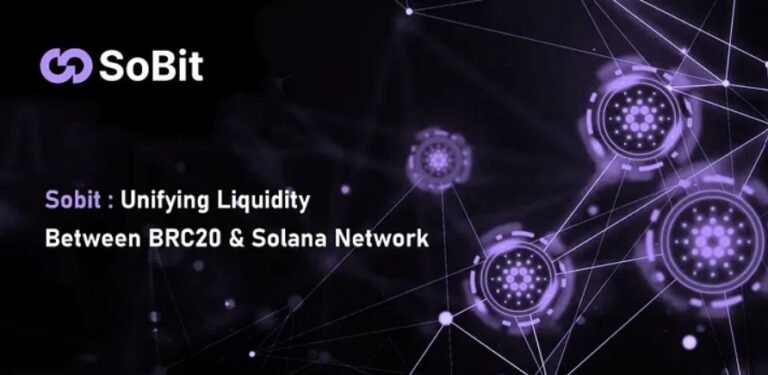Table of Contents
Introduction to Sobit Bridge
This article delivers a comprehensive Sobit Bridge review designed to evaluate whether this cryptocurrency is trustworthy or potentially fraudulent. Sobit Bridge claims to offer secure cross-chain bridging services and DeFi solutions, reportedly operating out of an offshore jurisdiction. But as investors grow more cautious, many are asking: is Sobit Bridge a scam or a legitimate digital asset project worth their money?
This Sobit Bridge review addresses the concerns of two key audiences: those who have already lost money and are seeking answers, and those suspicious of Sobit Bridge before committing funds. If you feel uncertain, angry, or simply want the truth, this review uncovers the facts you need to know.
Sobit Bridge: Regulation & Legal Status
One of the first red flags for any crypto project is its regulatory status. Sobit Bridge does not appear to be licensed or regulated by major financial authorities such as the FCA, ASIC, or the SEC. Instead, it seems to be registered in a loosely governed offshore location — a common tactic among risky crypto operations.
This lack of oversight poses serious risks for investors. Without regulation, users have no legal recourse in case of disputes, frozen withdrawals, or project collapse. In some cases, projects make misleading claims about affiliations with top-tier regulators, but these are often false or unverifiable.
Learn how to spot a scam broker before it’s too late. The lack of verifiable oversight raises valid concerns about whether Sobit Bridge is a scam.
Trading Conditions & Platform Analysis of Sobit Bridge
Sobit Bridge promotes itself as a decentralized bridge and liquidity platform, but crucial details about its operations are missing. There is no clear breakdown of its fees, liquidity providers, or security audits. In addition, the platform does not specify whether it partners with reputable exchanges or if independent verifications of its smart contracts exist.
Promises of fast bridging, low fees, and high-yield rewards can be enticing but should be treated with caution if not backed by transparent technical disclosures. The absence of a clear roadmap and details about the development team further complicates the trustworthiness of Sobit Bridge.
Before using any platform, review what to check before signing up with a trading platform. These missing elements make it difficult to dismiss the growing suspicion that Sobit Bridge might be a fraud.
Reputation & User Reviews About Sobit Bridge
On platforms like TrustPilot, Sobit Bridge lacks substantial verified user feedback. A handful of reviews exist, but they appear polarized — with some overly positive and others reporting issues like failed transactions or difficulty retrieving funds.
Unverified testimonials and overly enthusiastic comments often indicate manipulated or fake reviews, a strategy common in dubious crypto projects. Traffic analysis through sources like SimilarWeb suggests low engagement, hinting that Sobit Bridge may not have widespread adoption or trust within the broader crypto community.
How to Test Whether Sobit Bridge Is a Scam
To determine the legitimacy of Sobit Bridge, follow these steps:
- Verify regulation: Check if Sobit Bridge is listed with authorities like the SEC or FCA.
- Look for red flags: Be wary of missing or vague licensing and anonymous team details.
- Read user feedback: Look beyond surface-level testimonials and research complaints on independent forums.
- Examine the platform: Poorly designed websites or lack of code audits are significant warning signs.
- Assess withdrawal terms: If funds are difficult to bridge out or withdrawals are restricted, take it as a serious concern.
- Reject false guarantees: Any promises of guaranteed profits should be considered fraudulent.
If you suspect wrongdoing, file a report with agencies such as the FTC’s fraud reporting tool or assess Sobit Bridge on ScamDoc for credibility scores.
Final Verdict & Alternatives
Sobit Bridge raises several red flags — lack of regulatory licensing, limited transparency, and mixed user feedback. While some investors may see potential in emerging DeFi projects, these warning signs make it risky for those prioritizing safety and accountability.
If you are seeking safer options, consider regulated cryptocurrency exchanges or well-established blockchain platforms with transparent teams and verifiable audits.
Always prioritize trading and investing through licensed platforms to safeguard your assets and avoid unverified projects with questionable practices.



